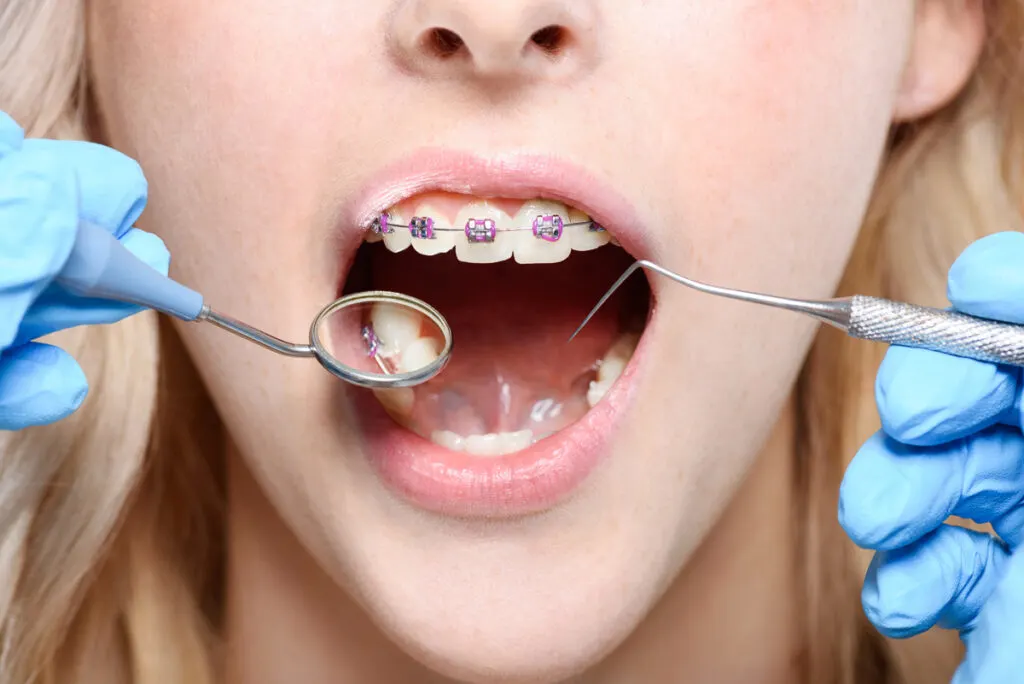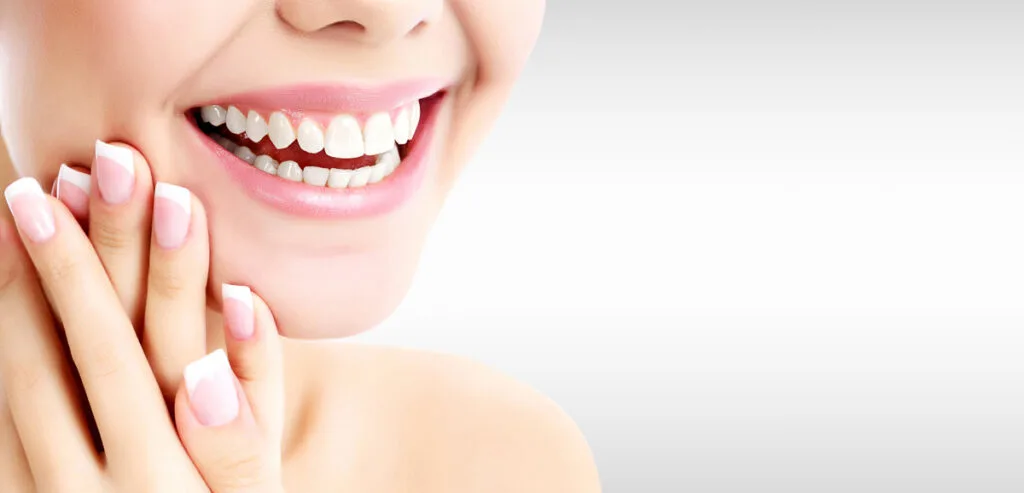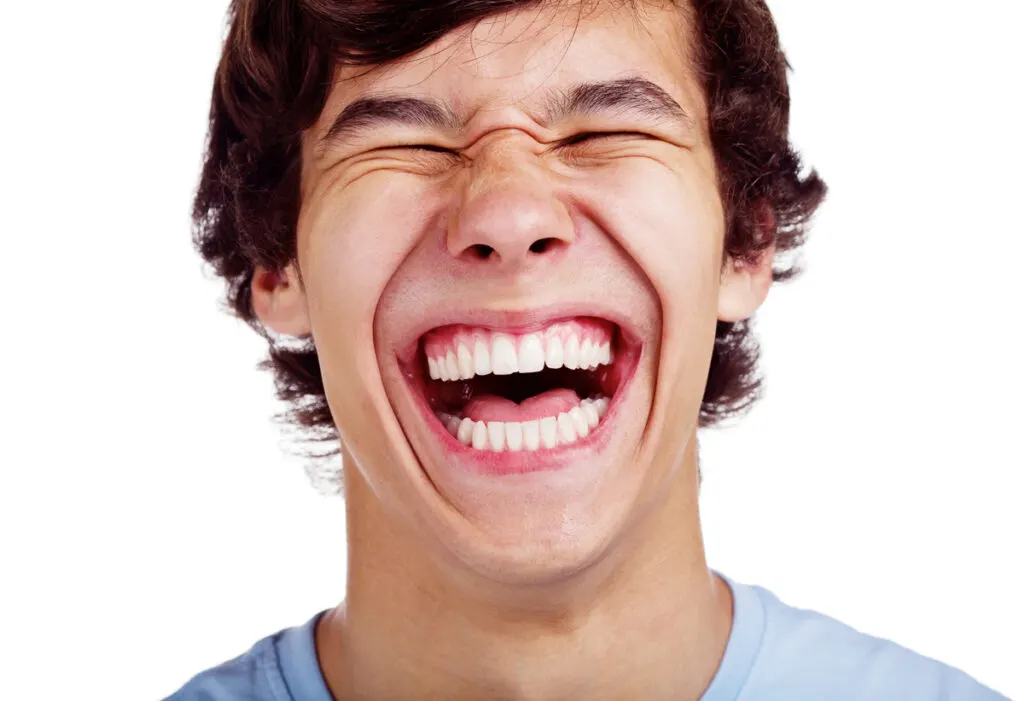Can retainers move teeth back after orthodontic treatment? You’ll find the answer and all the relevant information in this article.
Orthodontic treatment, such as braces, is commonly used to align teeth and correct dental misalignments.
After completing orthodontic treatment, retainers are often recommended to maintain the achieved results.
But can retainers move teeth back? In this article, we will explore the role of retainers in orthodontic treatment and whether they can effectively move teeth back.

What are Retainers?
Retainers are dental devices made of various materials, such as plastic and metal.
They are custom-made to fit an individual’s teeth and mouth. Retainers are typically used after the removal of braces or other orthodontic appliances.
The primary purpose of retainers is to prevent teeth from shifting back to their original positions, allowing the newly aligned teeth to settle into their corrected positions.
Patients can maintain the alignment achieved during the treatment phase by wearing retainers as the orthodontist prescribes.
The Purpose of Retainers
The primary purpose of retainers is to ensure that the teeth stay in their desired positions.
After removing braces or other orthodontic appliances, the teeth naturally tend to shift back to their original positions.
This can happen due to the natural forces exerted by the surrounding muscles and tissues of the mouth.
Retainers stabilize the teeth, preventing the teeth from moving and maintaining the desired alignment.
How Retainers Work
Retainers work by applying gentle pressure on the teeth, keeping them in place.
The periodontal ligament, which connects the teeth to the jawbone, is responsive to forces and can cause teeth to shift.
Retainers counteract this force by providing stability and preventing the ligament from exerting unwanted pressure on the teeth.
Types of Retainers
There are several types of retainers available, including:
1. Hawley Retainers
Hawley retainers consist of a metal wire that goes across the front teeth and an acrylic plate that rests against the roof of the mouth or behind the lower teeth.
The wire can be adjusted to maintain the desired tooth positions.
2. Clear Retainers
Clear retainers are made from transparent plastic that fits snugly over the teeth.
They are nearly invisible when worn, offering a more discreet option than other retainers.
3. Fixed Retainers
Fixed retainers are thin wires bonded to the back of the front teeth. They are not removable and provide a long-term solution for maintaining tooth alignment.
Fixed retainers are often recommended for patients with a high risk of tooth shifting.

Can Retainers Move Teeth Back?
While retainers primarily maintain teeth alignment, they can also move teeth back to a certain extent in specific cases.
Let’s explore the scenarios where retainers can assist with moving teeth back.
The Role of Retainers in Orthodontic Treatment
During orthodontic treatment, braces or aligners are used to move teeth into their correct positions gradually.
Once the desired alignment is achieved, retainers prevent the teeth from shifting back.
Retainers are not typically used as the primary tool for moving teeth, but they play a vital role in ensuring the success and longevity of the orthodontic treatment.
Retainers for Correcting Minor Tooth Movement
In some cases where minor tooth movement has occurred after orthodontic treatment, retainers can guide the teeth back to their desired positions.
This is usually achieved by adjusting the retainer or using a new retainer with specific modifications prescribed by the orthodontist.
It’s important to note that significant tooth movement may require additional orthodontic intervention beyond the use of retainers.
Retainers as a Preventive Measure
Retainers can also be used as a preventive measure to address the potential for teeth shifting.
For individuals who have completed orthodontic treatment, wearing retainers as recommended by the orthodontist can help maintain the achieved results and prevent any regression.
Factors Affecting Retainer Effectiveness
Several factors can influence the effectiveness of retainers in moving teeth back or maintaining tooth alignment. It’s essential to consider these factors to ensure optimal results.
1. Compliance
The success of retainers depends on the patient’s compliance with wearing them as instructed by the orthodontist.
Consistently wearing retainers for the prescribed duration each day is crucial for achieving the desired outcome.
2. Retainer Wear
Retainers should be worn regularly and consistently to maintain tooth alignment.
As the orthodontist advises, neglecting to wear retainers can result in teeth shifting back to their original positions.
3. Length of Retainer Use
The length of time for retainers to be worn varies depending on individual cases.
Some individuals may need to wear retainers indefinitely, while others may gradually reduce their usage.
Following the orthodontist’s recommendations regarding retainer use is vital for long-term tooth stability.
4. Orthodontic Treatment History
The complexity of the previous orthodontic treatment can also impact the effectiveness of retainers in moving teeth back.
Cases that involve extensive tooth movement or complex dental issues may require additional orthodontic interventions beyond retainers.

Retainer Maintenance and Care
Proper maintenance and care of retainers are crucial for their effectiveness and longevity. Here are some essential tips for retainer maintenance:
1. Cleaning and Hygiene
Retainers should be cleaned regularly using a soft toothbrush and mild soap or denture cleaner. Avoid using hot water, as it can distort the shape of the retainer.
Proper oral hygiene, including brushing and flossing, should be maintained to ensure the retainer remains clean when worn.
2. Storage and Handling
When unused, retainers should be stored in their designated case to protect them from damage.
Avoid exposing retainers to extreme temperatures because it can affect their fit and shape.
Additionally, keep retainers away from pets, as they may mistake them for toys.
3. Regular Check-ups with the Orthodontist
It’s essential to schedule regular check-ups with the orthodontist to monitor the progress of tooth alignment and assess the effectiveness of retainers.
The orthodontist can adjust the retainer if necessary or guide retainer usage.
Common Misconceptions About Retainers
There are some common misconceptions about the role and capabilities of retainers.
It’s important to address these misconceptions to clearly understand the purpose of retainers.
1. Retainers as a Replacement for Orthodontic Treatment
Retainers are not a substitute for orthodontic treatment. They are designed to maintain the results achieved through braces or aligners.
Retainers alone cannot effectively correct significant dental misalignments.
2. Retainers as a Solution for Major Tooth Movement
If significant tooth movement is required, retainers may not be sufficient to achieve the desired results.
Additional orthodontic treatment, such as braces or aligners, may be necessary to correct dental issues effectively.
Conclusion on the Topic “Can Retainers move Teeth back?”
Retainers play a crucial role in maintaining tooth alignment after completing orthodontic treatment.
While their primary purpose is to prevent teeth from shifting back, retainers can also assist with minor tooth movement in specific cases.
By following the orthodontist’s recommendations and practicing proper retainer care, individuals can ensure the long-term stability of their newly aligned teeth.

FAQs on the Topic “Can Retainers move Teeth back?”
Can retainers move teeth that have shifted after braces?
Retainers can help guide minor tooth movement back to their desired positions, but significant tooth movement may require additional orthodontic intervention.
How long should I wear my retainer each day?
The recommended duration for retainer wear varies depending on individual cases. Follow your orthodontist’s instructions regarding retainer usage.
Can I eat with my retainer on?
Removing retainers while eating is generally recommended to prevent damage or breakage. Remember to store your retainer in its designated case during meals.
How often should I clean my retainer?
Retainers should be cleaned daily using a soft toothbrush and mild soap or denture cleaner. Maintaining proper oral hygiene is also crucial.
Do I still need to visit my orthodontist after getting retainers?
Yes, regular check-ups with the orthodontist are essential to monitor the progress of tooth alignment and ensure the effectiveness of the retainers.
- About the Author
- More info

